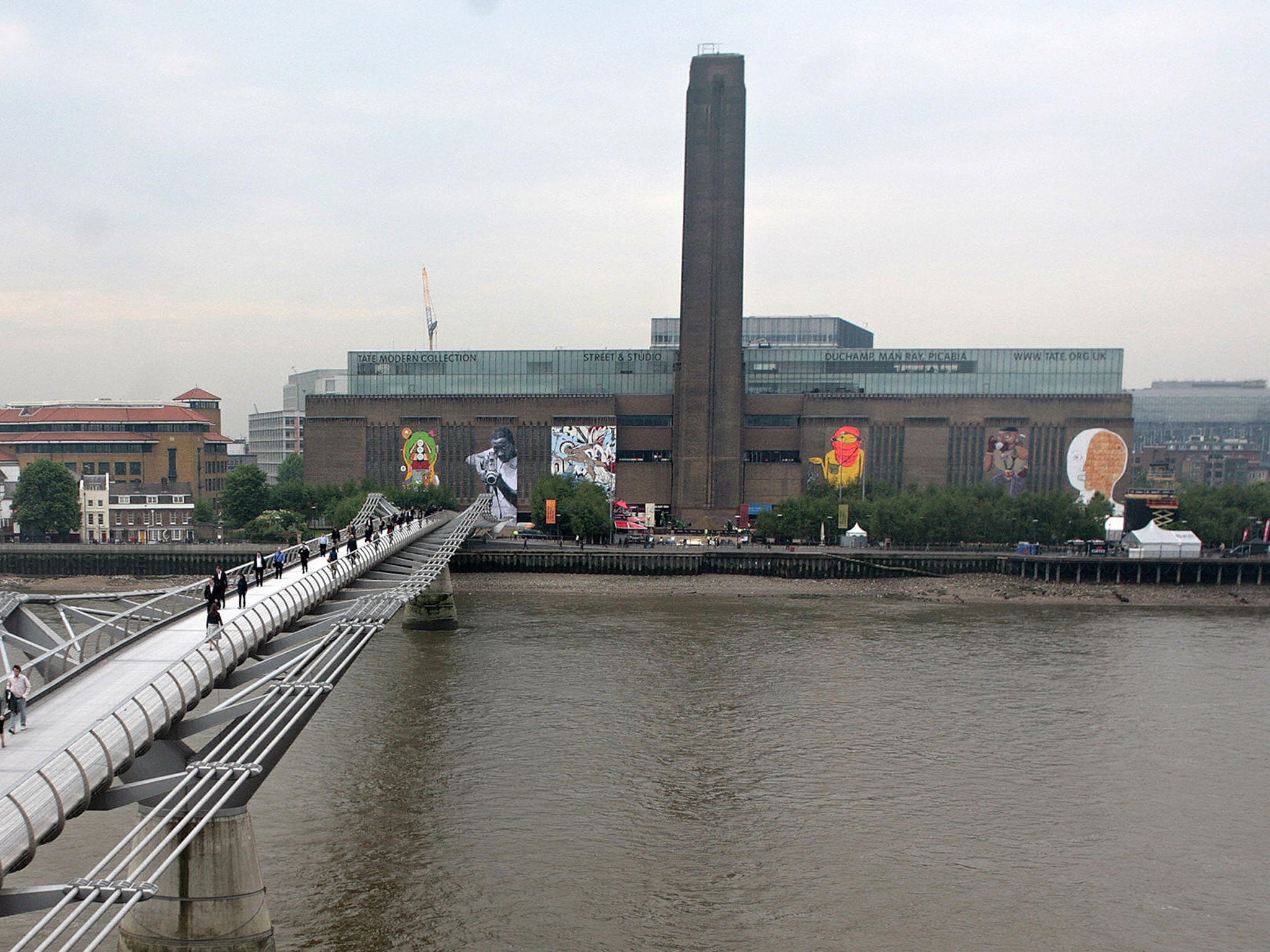British visitor attractions swerved 'Olympic drag' but cold weather has taken its toll

Your support helps us to tell the story
From reproductive rights to climate change to Big Tech, The Independent is on the ground when the story is developing. Whether it's investigating the financials of Elon Musk's pro-Trump PAC or producing our latest documentary, 'The A Word', which shines a light on the American women fighting for reproductive rights, we know how important it is to parse out the facts from the messaging.
At such a critical moment in US history, we need reporters on the ground. Your donation allows us to keep sending journalists to speak to both sides of the story.
The Independent is trusted by Americans across the entire political spectrum. And unlike many other quality news outlets, we choose not to lock Americans out of our reporting and analysis with paywalls. We believe quality journalism should be available to everyone, paid for by those who can afford it.
Your support makes all the difference.UK’s leading attractions managed to shrug off the feared “Olympic drag” on visitor numbers last year, but for those with outdoor spaces it was the freezing weather conditions that took their toll.
The Association of Leading Visitor Attractions (Alva) today published figures which showed blockbuster shows drove millions of people to the biggest museums and galleries in the country.
The British Museum remained the top visitor attraction in the UK for the sixth year in a row, with 5.5 million visitors, although that was 4.7 per cent lower than a year earlier.
Bernard Donoghue, director of Alva, said that while there was a decline in visitors during the Olympics, “the recovery was almost immediate after the Games left town”.
Tate Modern enjoyed its most successful single artist show since opening in 2000 with the major Damien Hirst retrospective. The show helped drive visitors by almost a tenth to 5.3 million and lift the gallery up a place from 2011 into second most popular.
The V&A in South Kensington had its best year, rising 16 per cent to 3.2 million viewers driven by its Hollywood Costume and British Design exhibitions.
Yet of the 30 sites that saw declines of more than a tenth, 27 were gardens or outside attractions.
These included the Royal Botanic Gardens at Kew, which dropped 14 per cent to 1 million visitors and London Zoo, down 10 per cent to 974,400. Castles and parks were among those to take the hit from the weather.
Several of the big risers benefitted from easier comparisons as a result of the venues re-opening after refurbishment or opening for the first time.
The only venue to crack the top 10 from outside of London was the National Museum of Scotland, where visitors rose almost 30 per cent to 1.8 million.
The strong performance from the only Scottish attraction to ever hit Alva’s top 10, came after the museum re-opened in July 2011.
Kensington Palace received a 41 per cent boost after its refurbishment, while the new Museum of Liverpool’s numbers rose 53 per cent as it had only opened in July 2011.
Mr Donoghue said 2013 was a “promising year” with Greenwich likely to attract fans of the movie Les Miserables to one of its backdrops at the Old Royal Naval College.
Among other heritage openings will be the £35m plan to build a museum to house the Mary Rose in Portsmouth and the new Stonehenge galleries and visitor centre.
Join our commenting forum
Join thought-provoking conversations, follow other Independent readers and see their replies
Comments